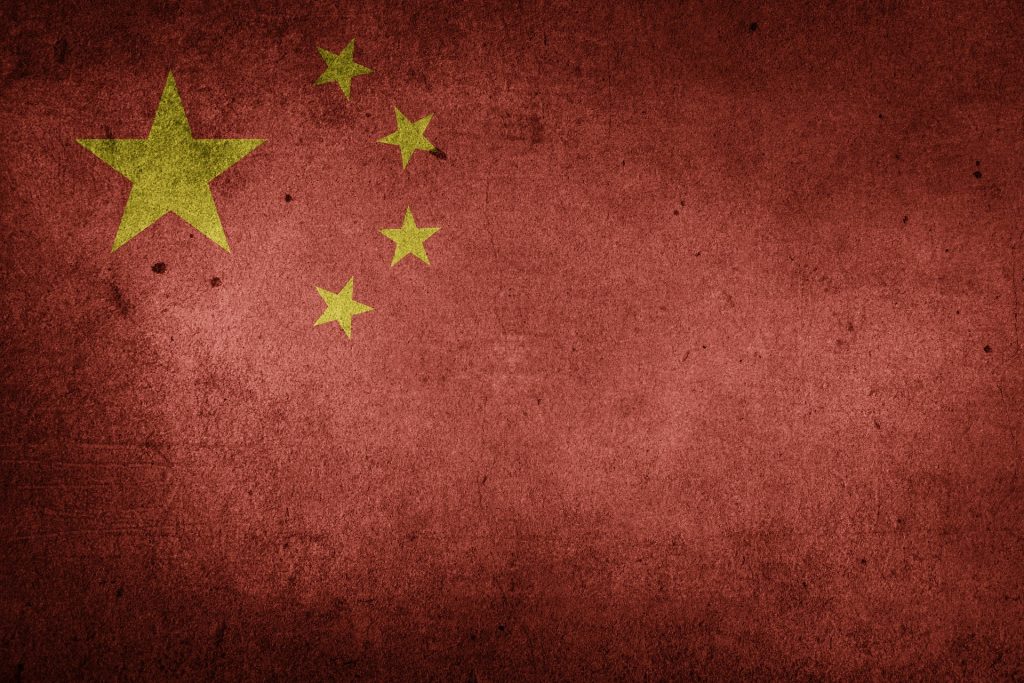The metaverse is something we never stop hearing about when it comes to new applications being created, and money to be made through 5G and the edge. But the all-important consumer market needed to drive it seems to be faltering, says business technology journalist, Antony Savvas.
According to analyst house IDC, the global sale of augmented reality/virtual reality headsets crashed 21% last year to just 8.8 million units. This does not sound like the beginnings of a mass market, after years of hype about how grown adults wish to take themselves off to another world, and with the promise that equally mature companies plan to sell them stuff once they’re inside their escape bubble.
A Quest

IDC said the steep decline was not totally unexpected considering that the previous year saw the commercial arrival of Meta‘s Quest 2 headset, and “strong spending” by consumers still locked down at home with more disposable income for entertainment. “As the Quest 2 approached its two-year anniversary and as global economies opened up, consumer and business spending shifted away from AR (augmented reality) and VR (virtual reality) headsets leading to the decline in 2022,” IDC says.
That still sounds like a soft market to me though, particularly when there are other supposedly emerging players in the space, and big brands like Microsoft, Samsung, Apple and Sony getting behind the hype. There was also plenty of further metaverse hype on display at the recent Mobile World Congress in Barcelona.

Meta is said to have a massive 80% chunk of the metaverse headset market, with TikTok owner ByteDance holding a modest 10% in second place. Maybe that’s where the problem lies? Meta may well have gone all-in with the metaverse after changing its name from Facebook, but is it a fit, proper and cool technology company to be the standard bearer of any new technology market?
Data collection
The company has been criticised for the mass personal data collection and management policies of its social media platforms, its profit take from most of its commercial partners is very high, and an increasing number of young people don’t want anything to do with Facebook, seeing it as an old people’s social media platform.
Then we have ByteDance, which is seemingly going the same way as Huawei in the political football stakes. The US federal government has banned TikTok from its employees’ phones, and potential legislation from elected politicians could see TikTok banned from the US. The European Commission has also expressed its unease about the Chinese ownership of TikTok, banning it from staff phones.

As ByteDance is subject to Chinese government laws that theoretically dictate that any Chinese company has to hand over business data on-demand, all these western concerns are down to the possibility that the “communist” Chinese government could track and manipulate western populations as they do stupid things on TikTok.
Putting aside the fact there are similar US laws that can also force US-owned companies to hand over customer data, including the US Patriot Act and the US Cloud Act, yes, the Chinese government could pick through peoples’ data if it really wanted to. But that’s generally the nature of the public internet anyway, whoever wants to look and analyse it.
The bottom line though is that 90% of metaverse headsets are sold by companies with black clouds over them. So, what of the others?
The others

IDC says the remaining top 5 spots are held by DPVR (headquartered in China), HTC (Taiwan – ‘Greater China’ to some) and iQIYI (China). And one other “notable” company is Nreal (China), says IDC, which is in overall sixth position for AR/VR headsets, but which held top spot in the AR market by shipping nearly 100,000 units over the course of 2022.
Whatever future the emerging metaverse actually has, maybe politics, as well as fashion among the young, will have significant impact.
A clearer broadband picture?
UK communications regulator, Ofcom is trying to make the broadband market clearer for consumers.
Under planned guidance, broadband providers would only be able to use the terms “fibre” and “full-fibre” on their websites and in contracts if their network uses fibre-optic cables all the way from the exchange to the home.
Customers would also be given a short, “easy-to-understand” description of the type of broadband network technology they are signing up to.

“The term ‘fibre’ is applied inconsistently by the industry, sometimes being used to describe older part-fibre, part-copper technologies, leading to confusion among customers,” says Ofcom.
Ofcom research found that only 46% of customers who reported being on full-fibre broadband were living in areas where it is actually available. In addition, more than a quarter (27%) of broadband customers “lacked confidence” in understanding the language and terminology used by providers.
“Some of the industry jargon used to describe the underlying technology supporting their broadband service can be unclear and inconsistent, meaning customers are left confused,” says Selina Chadha, Ofcom’s director of connectivity.

CSPs (communications service providers) will, of course, be excused for licking their lips in a perfect sellers market. Putting aside the fact that Ofcom is doing the job it is paid to do, the small, cold part of my heart tells me consumers should use a tiny piece of their internet and a little effort to find out what they are actually buying.
The author is Antony Savvas, a global freelance business technology journalist.
Comment on this article below or via Twitter: @VanillaPlus OR @jcvplus






